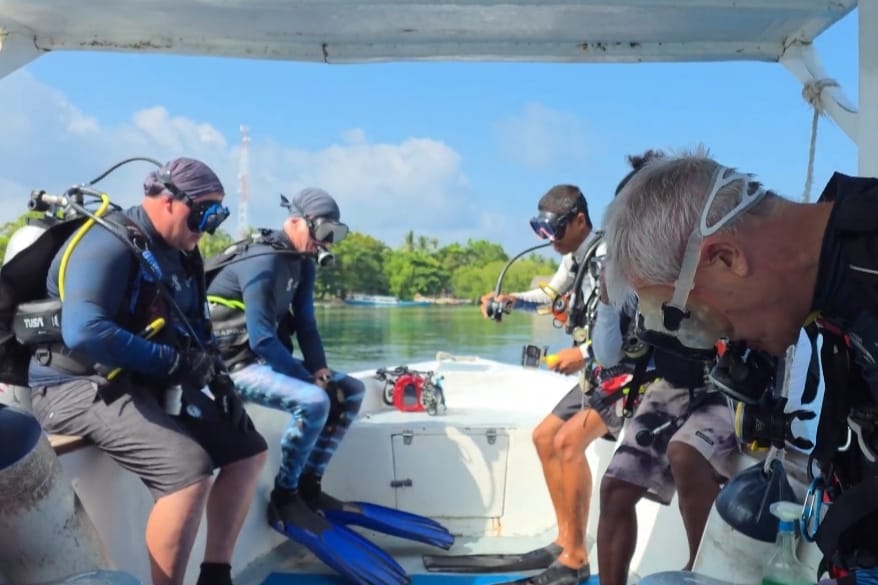Dealing with earthquake by understanding local geological setting: Opinion

Samarinda, E Kalimantan (Indonesia Window) – “Indonesia is a country that borders directly with three active tectonic plates, and is included in the Pacific Ring of Fire.”
This statement is very likely to have been popular among the people of the archipelagic country, which has indeed become a unique characteristic of Indonesia’s geological conditions.
However, to what extent do they understand the meaning and implications of this statement?
Tectonic of Indonesia
A further study shows that Indonesia’s location is on the direct border of three active tectonic plates, namely the Eurasian and Indo-Australian plates with a boundary that extends from the west of Sumatra island to southern Java island and Nusa Tenggara island. On the northeast side, Indonesia is directly adjacent to the Pacific Plate.
These plate boundaries, known as subduction zones – where an oceanic plate which is heavier in density, sliding under a continental plate – have a major impact on natural conditions in Indonesia.
One of the most obvious impacts at the active tectonic plate boundaries is the high intensity of earthquakes. In the last few years alone, a number of large-scaled earthquakes have rocked Indonesia, such as the ones that hit Palu in Central Sulawesi in 2017 and Lombok (Nusa Tenggara) in 2018.
Data from the Ministry of Energy and Mineral Resources in 2021 noted that over the last 20 years, there were 26 destructive earthquakes.
In fact, Kalimantan, an island that is considered to have a very low risk of earthquakes and makes it the location of prospective national capital city, is also not spared from tectonic shocks throughout this year.

Low readiness
Unfortunately, the number of earthquakes in Indonesia is not followed by the people’s readiness to deal with these events.
So far, the disaster management has only focused on responsive actions which are applied when an earthquake has occurred. This is less effective in reducing the number of victims because there are many obstacles should be encountered during and after a disaster took place, such as the implementation of safety protocols that are less optimal, the slow delivery of aid and evacuations, as well as public panic due to their lack of understanding of the disaster.
On the other hand, mitigation measures or efforts to reduce disaster risks from both the government and people have not been maximized. This can be seen from the lack of implementation of disaster risk reduction efforts, such as physical constructions using earthquake-resistant structures and continuous socialization aimed at building public preparedness on disaster, and steps that must be taken as soon as possible during and after calamities occur.
With regard to public awareness, not a few people in the country still have an apathetic, even fatalistic thinking paradigm, that ‘natural disasters are destiny’ so that they feel no need to take preventive actions that can actually help reduce the risks and impacts of disasters. The lack of knowledge about disaster threats in areas around residences is very likely to be a factor causing the large number of victims and prolonged traumas.

Planning
Building public preparedness on disaster in the country’s disaster mitigation is a joint duty and responsibility of the government, academia, people, and other stakeholders.
The government must formulate solid and comprehensive regional development policies and plans, by including and implementing recommendations from competent experts in this field. In areas that are prone to geological disasters, such as earthquakes and tsunamis, urban planning and infrastructure developments should be ensured that they pay attention to and adapt to geological conditions.
For example, the construction of strategic public facilities such as hospitals and bridges should consider geological conditions of surrounding areas, including avoiding rock fault paths and placing the foundation of building structures on compact rock to avoid potential liquefaction as happened in an earthquake with a magnitude of 7.5 in Palu, Central Sulawesi province in 2018, which killed at least 4,340 people, according to data from the National Disaster Management Agency (BNPB).
In mapping potential disasters, the understanding and application of geological science by scientists and academics are expected to maximize efforts to develop areas that are appropriate and have positive impacts. In addition, their role is highly expected in developing innovative methods and systems related to early warning of earthquakes, tsunamis or landslides in order to reduce larger casualties. Moreover, until now there is no technology that can predict with certainty when an earthquake would occur.
From the community side – as the element most affected when a disaster occurs – improving disaster preparedness should continue to be pursued, both individually and within the social community. Preparedness as an activity carried out before the occurrence of a natural disaster aims to enable everyone to be able to respond to circumstances or situations that arise during and immediate disasters, quickly and effectively so as to reduce the negative impacts caused by the event.
Author: Ni’matul Azizah Raharjanti M.Eng (a lecturer at the Geological Engineering, Muhammadiyah University of East Kalimantan)
Editing by Indonesia Window

.jpg)








